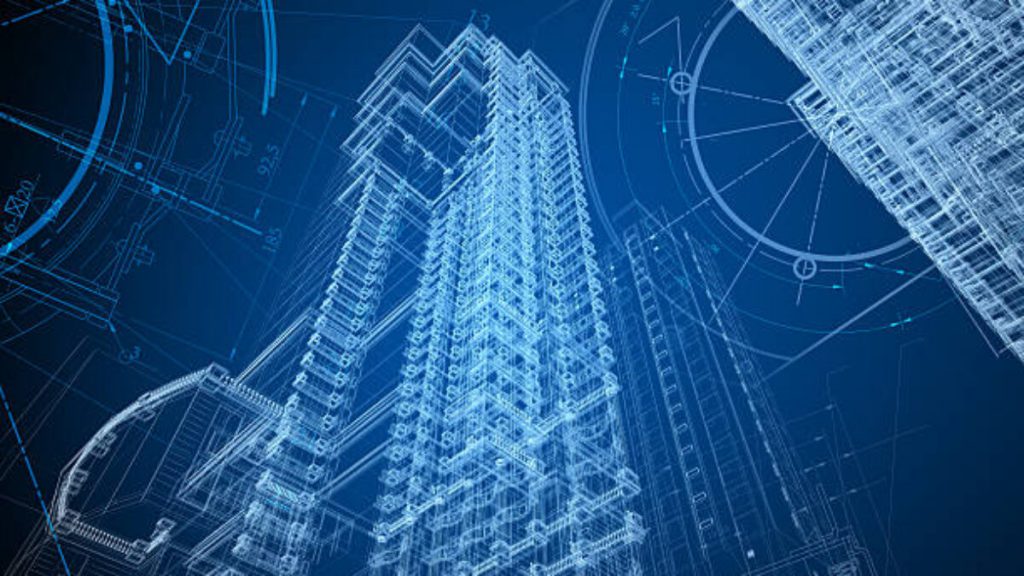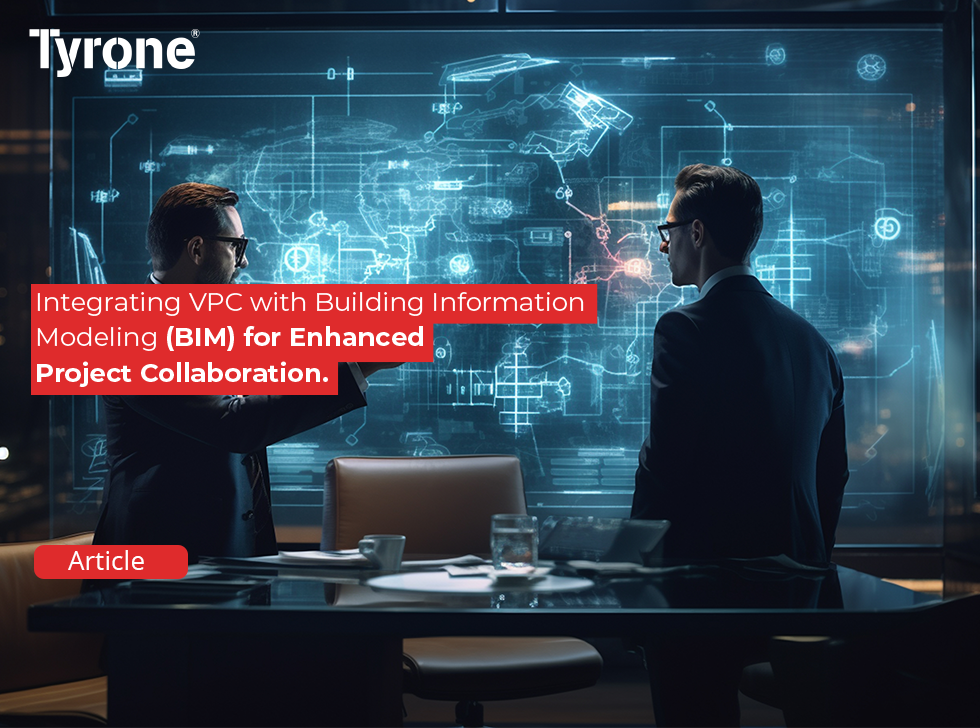In the construction industry, the integration of Virtual Project Construction (VPC) with Building Information Modeling (BIM) is revolutionizing project management and stakeholder collaboration. This article explores the benefits and challenges of this integration, providing stakeholders with a comprehensive understanding of its implications.
Introduction to VPC-BIM Integration
Building Information Modeling (BIM) has become a pivotal technology in construction, offering a digital representation of a building’s physical and functional characteristics. The integration with Virtual Project Construction (VPC) propels this technology into a collaborative framework, enhancing communication among stakeholders and streamlining project execution.
The Strategic Importance of Integration
Integrating VPC with BIM is not merely a technological advancement; it’s a strategic imperative. A recent survey indicated that projects utilizing BIM in conjunction with VPC observed a 25% improvement in cost-efficiency and a 35% reduction in time overruns (Source: Construction Technology Journal). This integration facilitates a shared understanding of the project, fostering a proactive approach to design and construction.

Advantages for Stakeholders
For Architects and Designers
Architects and designers find in VPC-BIM an unparalleled platform to express their vision, allowing them to present and modify their designs in a virtual environment that stakeholders can intuitively understand and interact with.
For Engineers
Engineers leverage the integration for advanced simulations, optimizing structures, systems, and materials, which leads to a marked increase in the precision and sustainability of their designs.
For Contractors
Contractors utilize VPC-BIM for meticulous planning and execution. The foresight provided by the integration reduces on-site errors, with statistics showing a potential decrease in rework by up to 33% (Source: International Journal of Construction Management).
For Clients and Investors
Clients enjoy a transparent view of the project’s progress, enhancing their satisfaction and trust. Investors, on the other hand, can assess the potential returns on investment with greater accuracy, often leading to more robust financial support.
Navigating the Challenges
The path to integration is not without its obstacles. Resistance to change and the initial investment in technology are significant barriers. However, the long-term benefits, as evidenced by projects like the Shanghai Tower, where VPC-BIM integration resulted in a 15% reduction in overall project duration (Source: Global Construction Review), underscore the value of overcoming these challenges.
Case Studies and Statistics
The Queensland Children’s Hospital project, which utilized VPC-BIM integration, saw a 20% reduction in unforeseen issues during construction (Source: Healthcare Construction Magazine). Similarly, the Calaveras Dam Replacement Project reported a 10% savings in total project costs due to improved collaboration and error reduction (Source: Civil Engineering Today).

Conclusion
The integration of VPC with BIM represents a significant leap forward in the construction industry’s approach to project collaboration. It offers a comprehensive solution that addresses the complex needs of various stakeholders, ensuring that projects are completed efficiently, cost-effectively, and to the highest quality standards. As the industry continues to evolve, the adoption of VPC-BIM integration will become increasingly critical for success in the competitive global market.
In conclusion, the integration of VPC with BIM is a game-changer for the construction industry, offering enhanced project collaboration and a host of benefits for all stakeholders involved. By adopting this integrative approach, the industry can look forward to a future of more successful, sustainable, and cost-effective projects.












